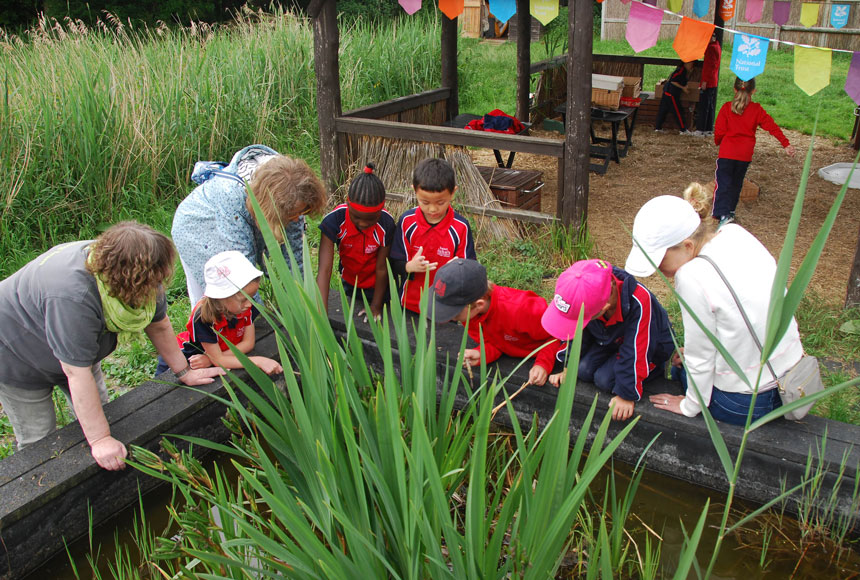
T2s had a day out in nature’s outdoor classroom when they visited Wicken Fen National Nature Reserve, the National Trust's oldest nature reserve, and England's most famous fen. The children discovered the relationships between the habitats and the animals and plants within and how to identify and classify simple plants and animals with activities including pond dipping, net sweeping and wild art.

Wicken Fen in Cambridgeshire is a corner of England that has more species of plants and wildlife than anywhere in the UK is celebrating its 120th anniversary with the arrival of never seen before animals. Wicken Fen has been managed as a nature reserve by the National Trust since its acquisition, making it the charity’s first. It has since become an oasis of wildlife, yet it started as just a two-acre patch of fenland in 1899.

The children found out that most living things live in habitats to which they are suited and they were encouraged to describe how different kinds of animals and plants depend on each other. They used simple scientific equipment including pond dipping nets and sweep nets to identify and name common animals that are carnivores, herbivores and omnivores and described how animals obtain their food from plants and other animals using a simple food chain. One T2 said, “We caught a Caddisfly when we were pond dipping and it looked like a moth in the water.” Another enthused, “I couldn’t believe how many mini-beasts we caught when we were sweeping our nets in the long grass! So many different types!”
